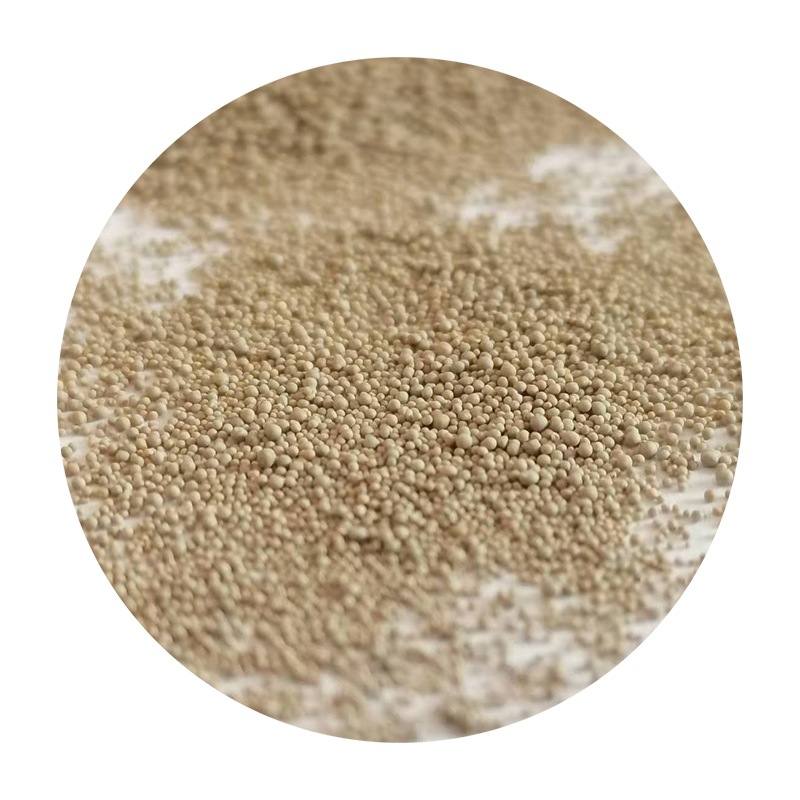Coated Sand Casting An Overview
Coated sand casting is an advanced metal casting technique that utilizes a mixture of sand, resin, and other additives to enhance the properties of the mold and ensure high-quality castings. This innovative method has gained popularity in various industries due to its ability to produce intricate shapes, superior surface finishes, and improved mechanical properties in the final products. In this article, we will delve into the fundamentals of coated sand casting, its advantages, applications, and the processes involved.
Understanding Coated Sand Casting
At its core, coated sand casting involves the use of sand grains that are coated with a thin layer of resin or polymer. This coating enhances the binding properties of the sand, allowing for the creation of molds and cores that are both strong and durable. The traditional sand casting method utilizes loose sand, which can lead to defects such as sand erosion and poor surface finish. Coated sand casting addresses these issues by providing a more cohesive and stable mold structure.
The coating material used can vary, but it typically includes phenolic resins or other heat-resistant polymers. These materials react when exposed to heat, allowing the molded sand to harden quickly, thus reducing the cycle time of the casting process. The ability to produce finer details in the mold, coupled with a smooth surface finish, makes coated sand casting an attractive option for producers of complex components.
Advantages of Coated Sand Casting
1. Enhanced Precision Coated sand casting allows for tighter tolerances and finer details in the finalized products. The strength of the coated sand mold helps to maintain its shape even under high temperatures during the metal pouring process.
2. Improved Surface Finish The smooth surface of the coated sand reduces the need for extensive post-casting machining. This not only saves time and costs but also enhances the overall quality of the final product.
3. Versatility in Design Coated sand casting can accommodate a wide range of designs, including complex geometries that would be challenging to achieve with traditional casting methods.
4. Reduced Defects The robust nature of the coated sand minimizes issues such as sand inclusions and surface imperfections, resulting in a higher yield of quality castings.
Applications of Coated Sand Casting
coated sand casting

Coated sand casting is utilized in various industries, including automotive, aerospace, and machinery manufacturing. Components such as engine blocks, gear housings, and intricate parts of machines are often produced using this method. In the aerospace industry, where weight and precision are critical, coated sand casting allows for the creation of lightweight yet strong components that meet stringent regulatory standards.
Additionally, the process can be employed to manufacture artistic works and sculptures, where detail and surface finish are paramount. The versatility of coated sand casting makes it suitable for producing both functional components and artistic creations.
The Coated Sand Casting Process
The coated sand casting process generally involves several key steps
1. Preparation The sand is mixed with a resin coating and other additives, ensuring even distribution and optimal binding properties.
2. Mold Creation The coated sand is packed around a pattern to form the mold. This can be done using various techniques, including hand packing or mechanical methods.
3. Curing The mold is subjected to heat, which triggers the resin to cure and harden, creating a strong and durable mold.
4. Metal Pouring Molten metal is poured into the prepared mold. The high strength of the coated sand allows for this step to be carried out effectively without mold deformation.
5. Cooling and Finishing Once the metal has cooled and solidified, the mold is broken away to reveal the final product, which may be subject to further finishing processes if necessary.
Conclusion
Coated sand casting represents a significant advancement in the field of metal casting. Its ability to produce high-precision, high-quality parts while minimizing defects and costs makes it an invaluable method in modern manufacturing. As industries continue to demand more intricate designs and superior material properties, coated sand casting is poised to play a crucial role in meeting these challenges. The continued development of advanced materials and technologies will further enhance the capabilities and applications of this innovative casting technique.
Post time:דצמ . 18, 2024 00:59
Next:difference between sand casting and investment casting
